RedDragon
Well-Known Member
Has anyone set up a home lab for yeast propagation, checking health, etc? If so, what tools would you need?
Thanks.
Thanks.

After typing all this up I realize this sstuff just becomes more expensive than buying yeast from a pre-existing commercial lab.






I however am a cheap bastard who wants the best of both worlds.
I, too, am in the brotherhood of the cheap bastard. I basically use three yeasts currently, a witbier, california ale, and edinburgh. Buy once, harvest, wash and make a starter forever more.
A home yeast lab does not need to be expensive or complicated.Has anyone set up a home lab for yeast propagation, checking health, etc? If so, what tools would you need?
Thanks.
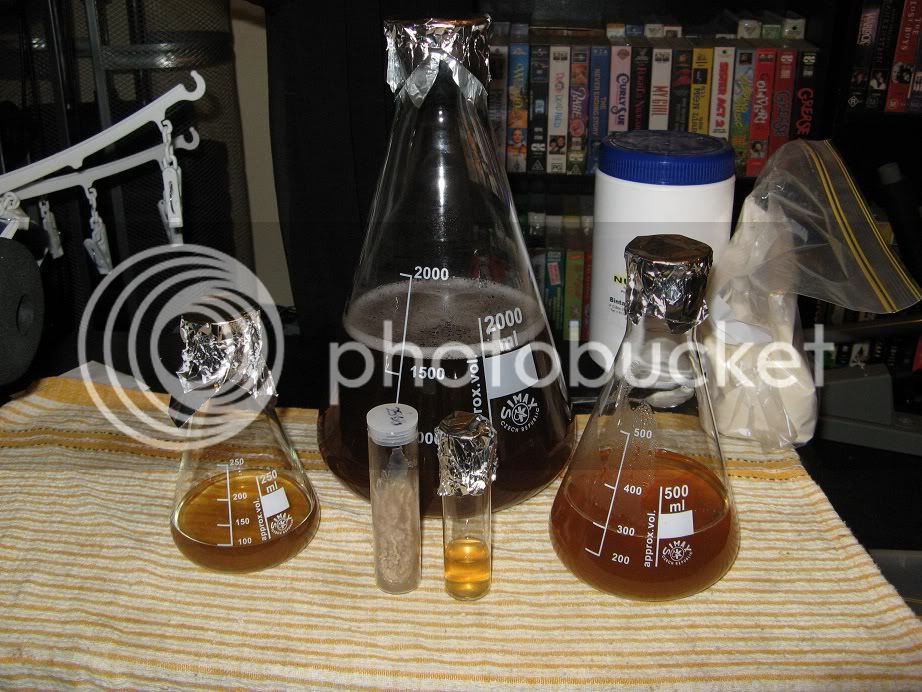
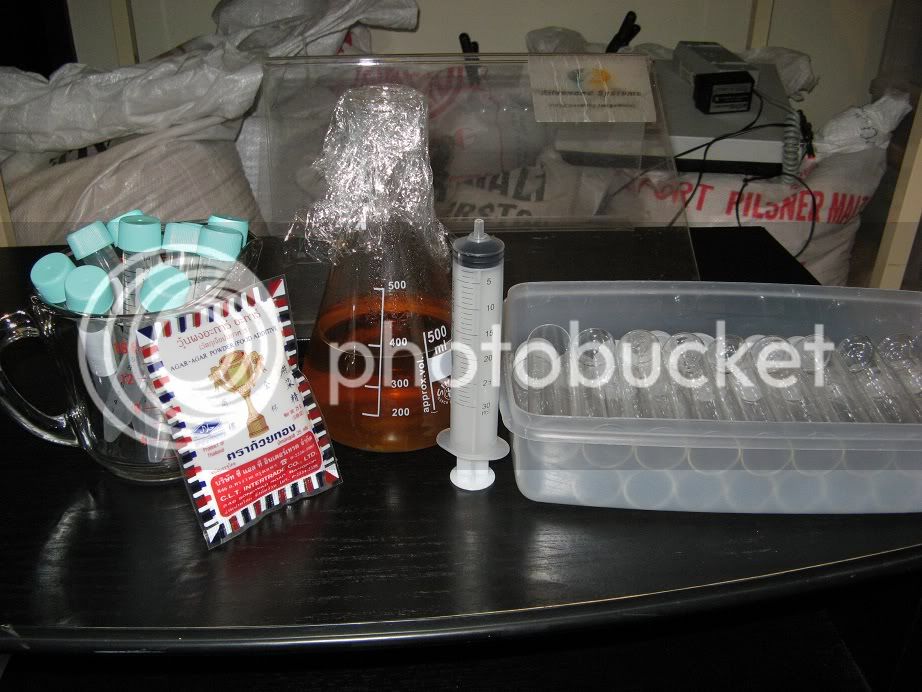
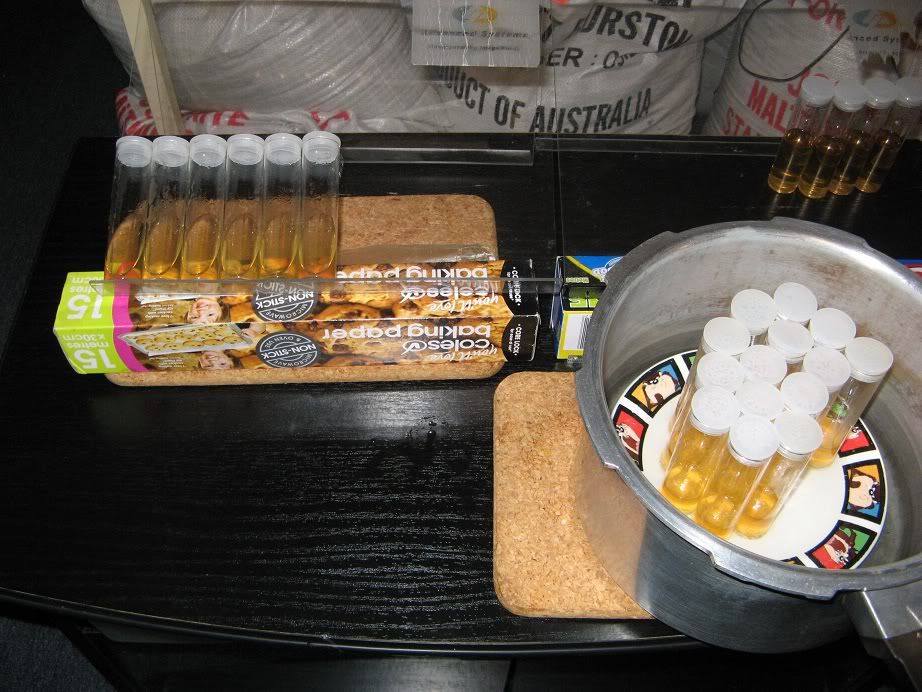
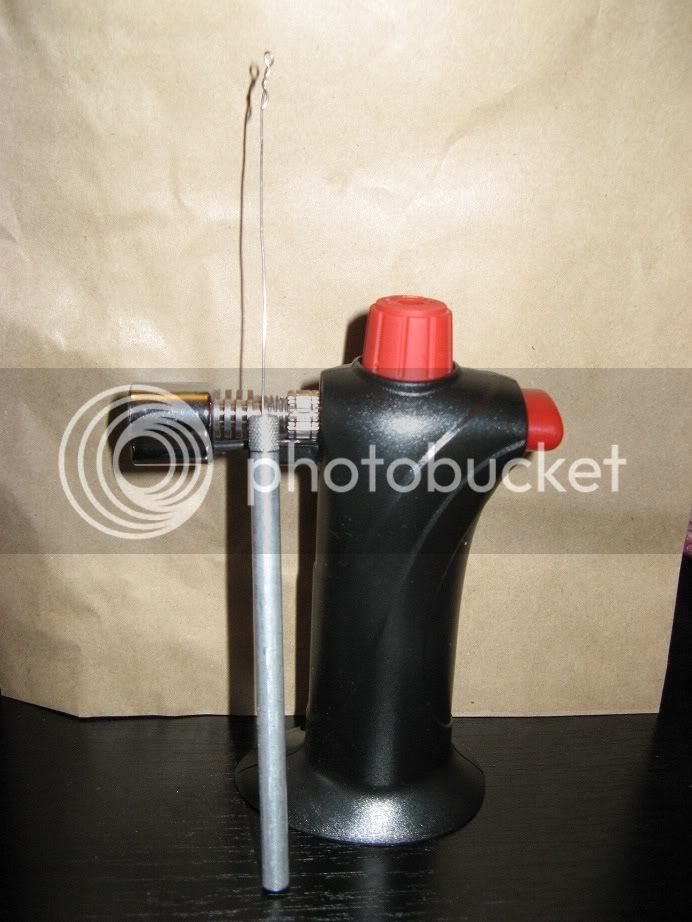
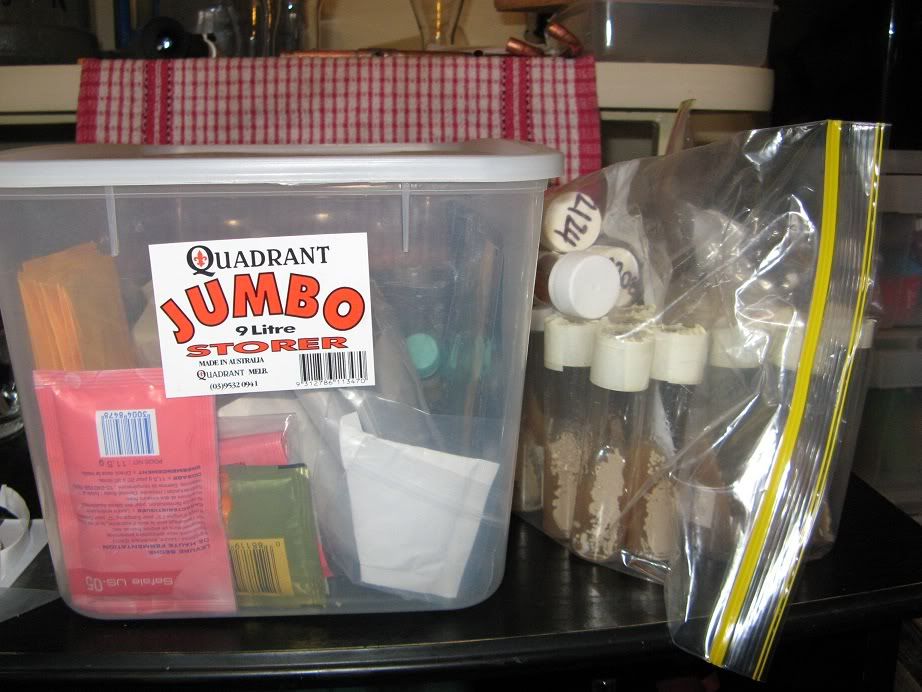
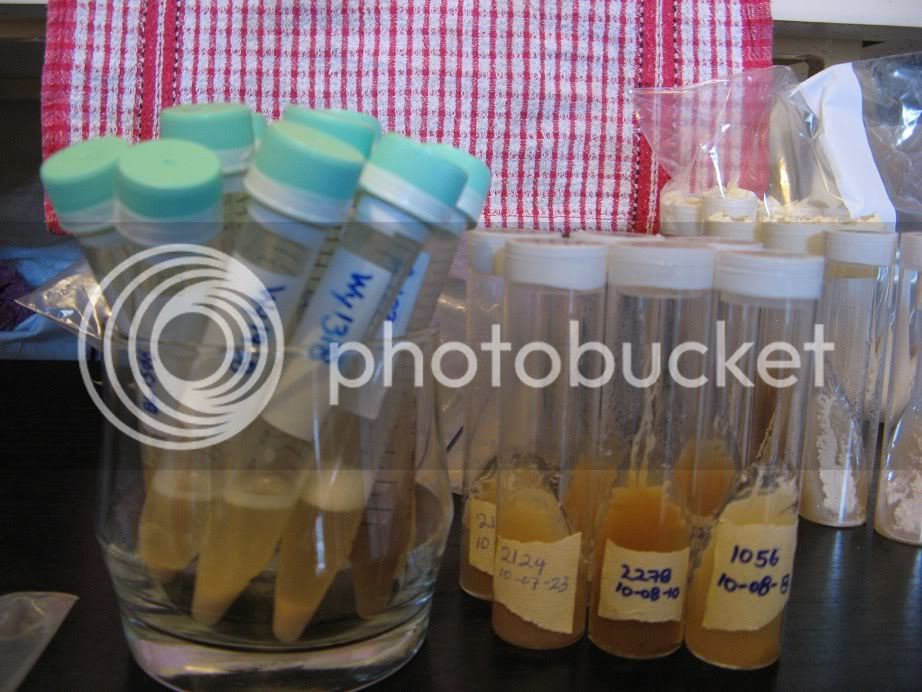
I thought there were practical limits to how many generations one could squeeze out of a batch of yeast. At some point don't you risk mutation? I'm new to this type of yeast-but I have been using the same sourdough starter for the last 15 years.
-d

Yes, but we could also argue all day as to if that is required, necessarily, or even if it provides useful information in a home-type setup.There is a way to count the viable cells from the non viable.
Enter your email address to join: